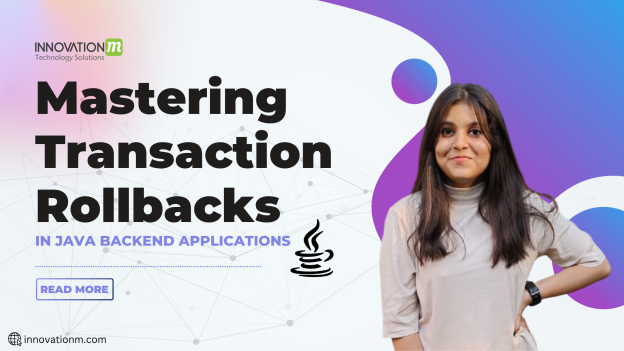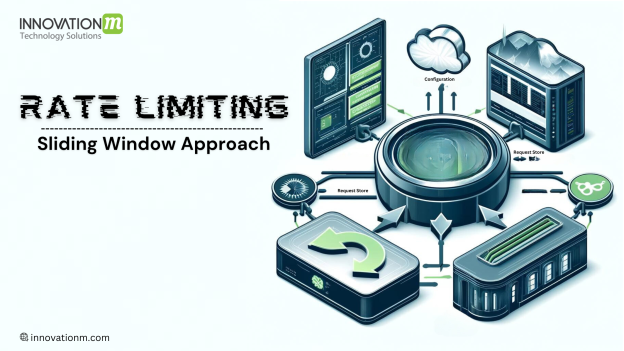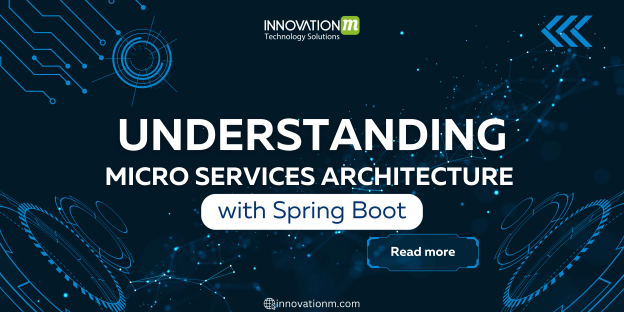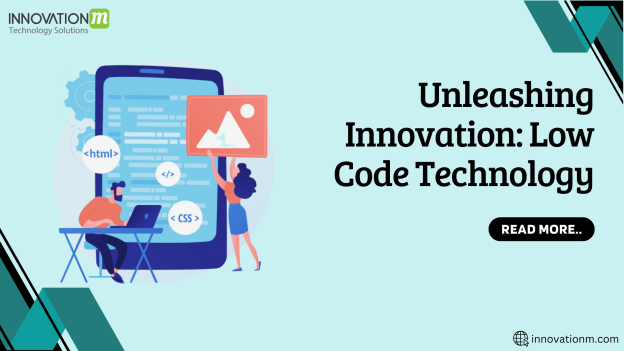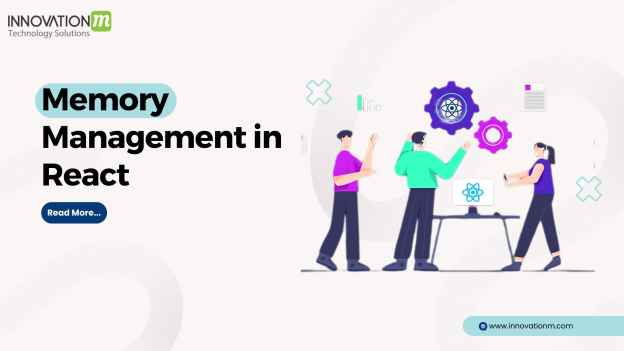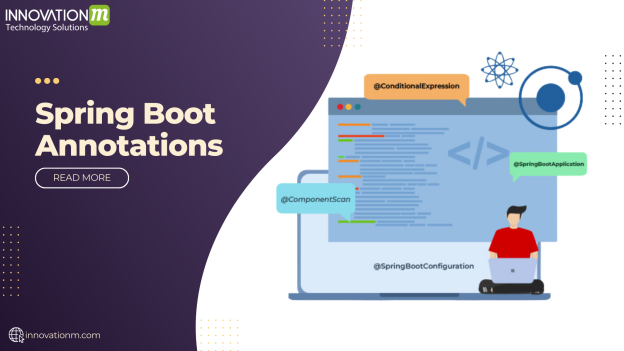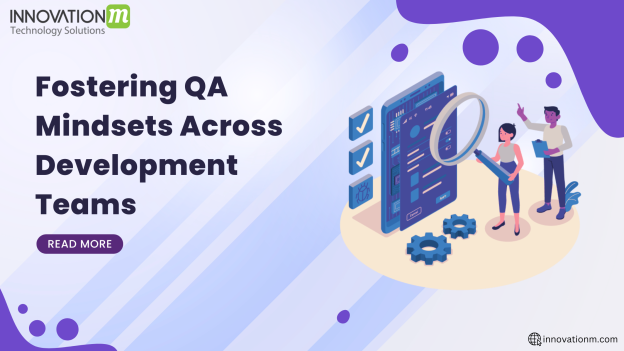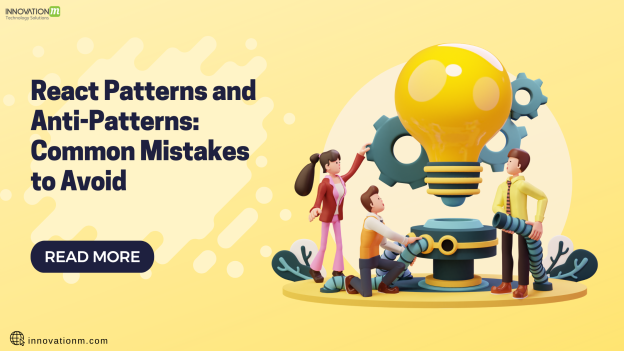
Supervised Fine-Tuning (SFT) – Enhancing Model Performance
Supervised Fine Tuning (SFT) – Improving Models for Particular Scenarios The painstaking process that is the evolution of Artificial Intelligence (AI) has yielded exceptionally complex models capable of a variety of tasks, each performed with astounding efficiency. Unfortunately, these models often lack one crucial element: versatility. This is where Supervised Fine Tuning (SFT) proves to Continue Reading »
 End to End Technology Solutions
End to End Technology Solutions

